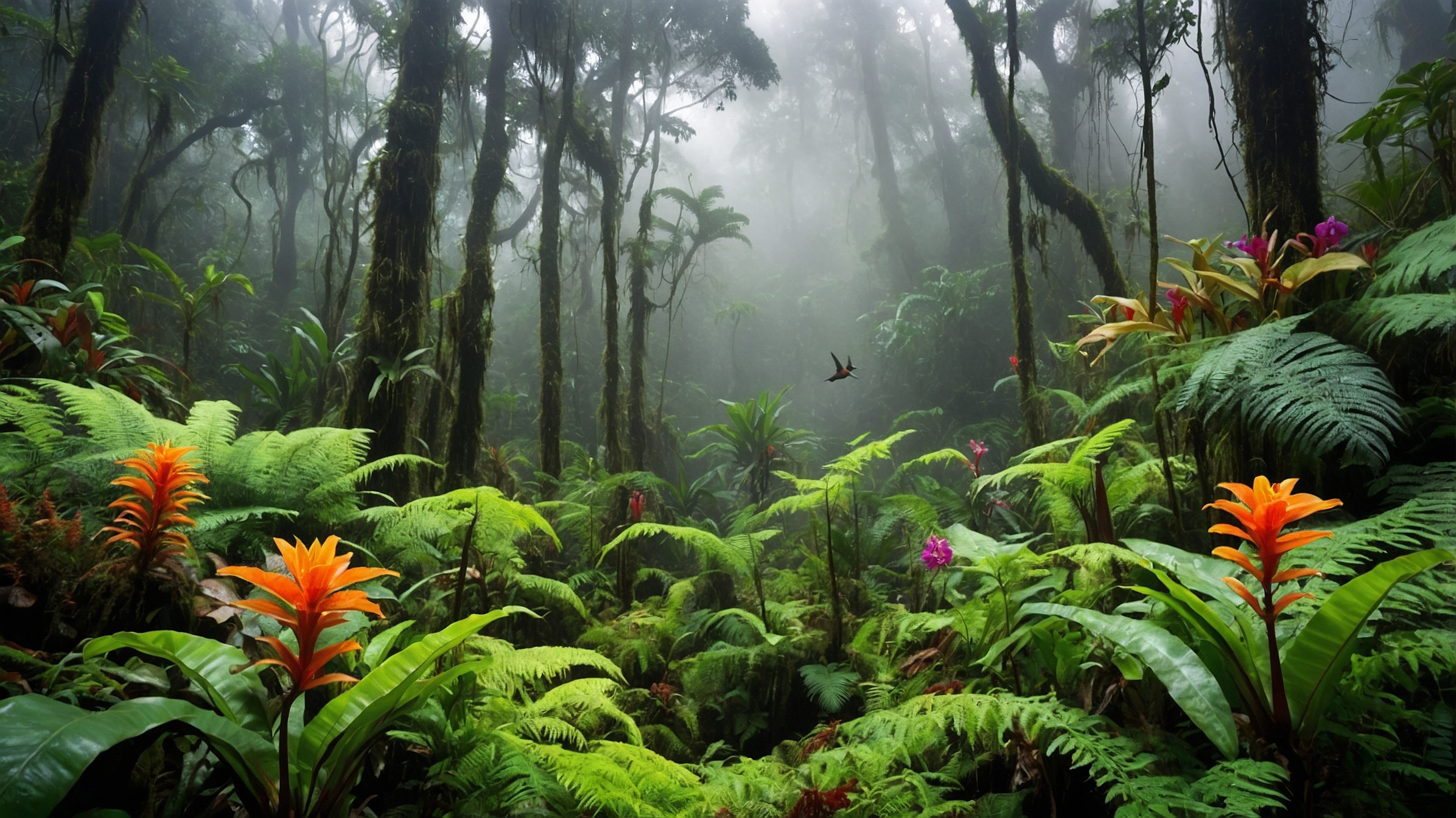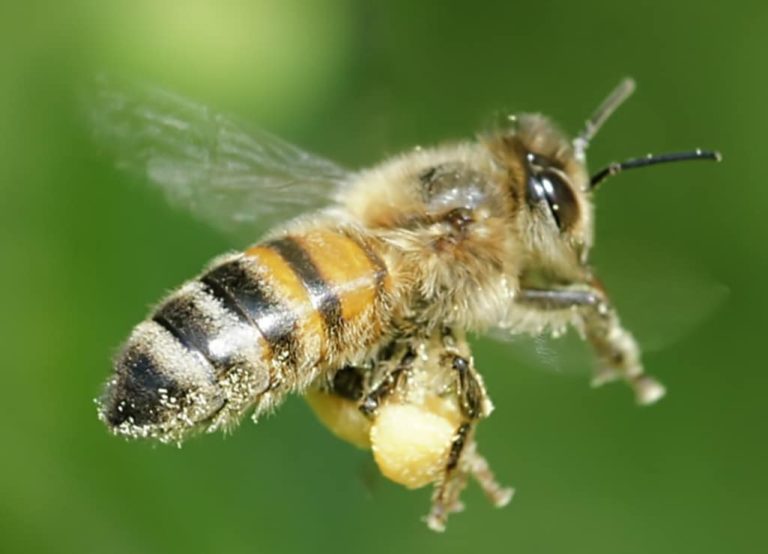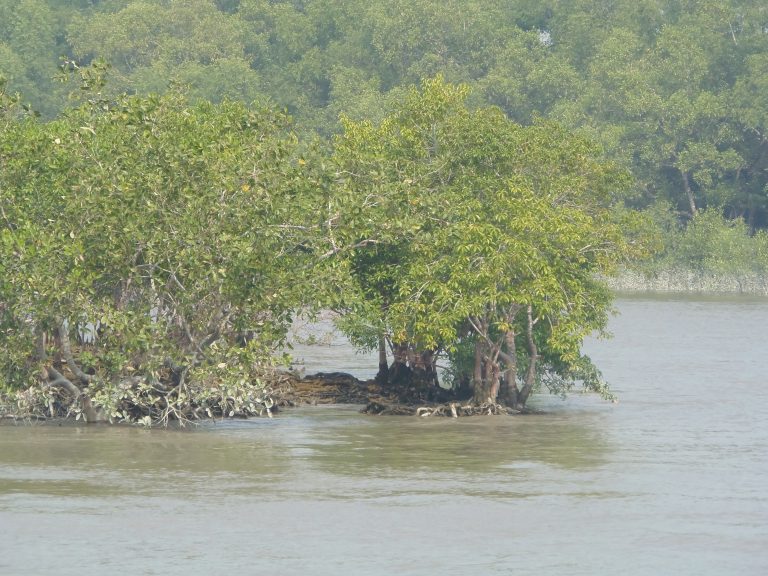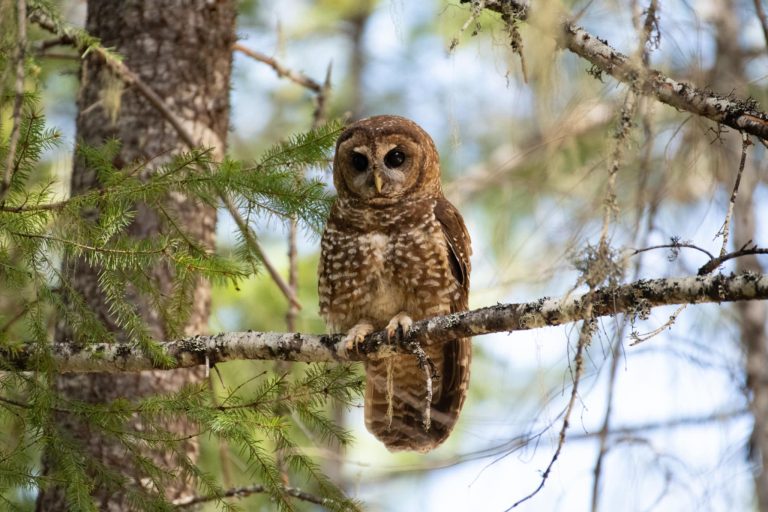Let’s Explore the Cloud Forest Ecosystems
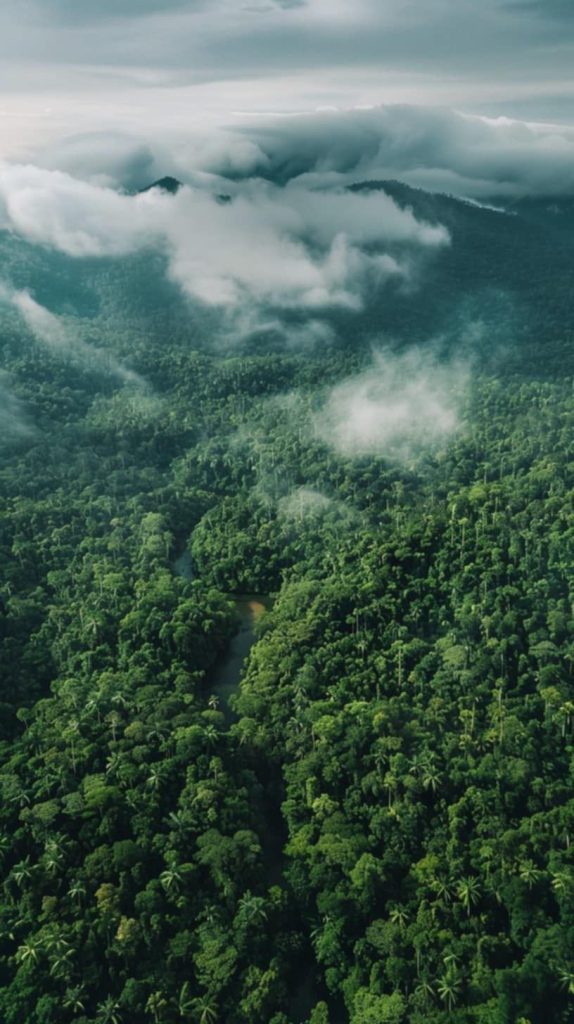
There are many kinds of forests in the world, being different from one another due to the specific climatic and geographical conditions of the regions they are found.
Cloud forests are one such specific type of forest.
They are interesting ecosystems that are important for the whole biosphere of planet Earth.
In this post, we’ll explore what cloud forests are, their characteristics, their importance, the threats they face, their conservation, as well as some prominent cloud forests of the world.
What is a Cloud Forest?
Let’s start our exploratory journey with the question, “What is a cloud forest?”.
Definition and Characteristics of a Cloud Forest
A cloud forest, also known as a montane rainforest or a tropical montane cloud forest, is a unique ecosystem.
One of the main characteristics that set them apart from other types of forests is that they have low-level clouds hanging by the canopy level persistently.
They are typically found at high elevations, from 1000-2500 meters, in the tropical and subtropical regions.
These cloud forests are highly humid environments too.
These conditions allow the cloud forests to host a great variety of plant and animal species.
Formation of Cloud Forests
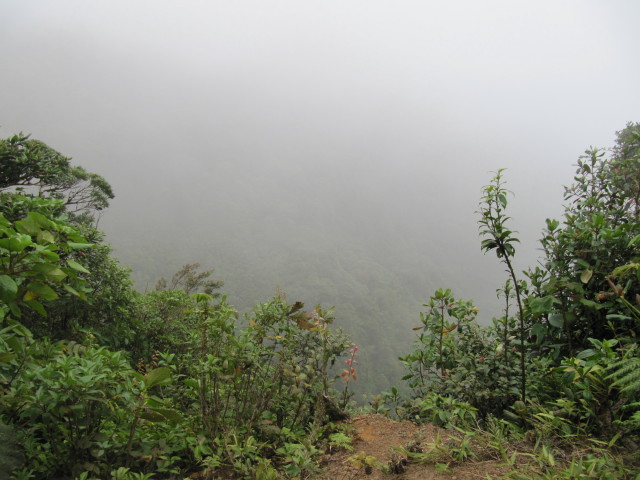
A unique combination of climate and geographical conditions results in the formation of cloud forests.
This process starts with the air currents that contain high amounts of water vapor flowing inland from oceans or other large masses of water.
When these warm and moist air currents hit the steep mountain slopes, they get pushed upward.
The higher they travel, the colder these air currents get.
This temperature drop causes the moisture in these currents to condense, resulting in clouds and mist that hang close around the forest canopies.
This process is called lateral cloud filtration.
As these clouds envelop the forest canopies, water droplets collect on the leaves and branches.
This hydrates the mosses and ephialtes such as ferns and orchids of the forests.
This water then flows down to the forest floor, providing the trees.
This low-hanging cloud cover is the main source of water for a cloud forest.
Biodiversity in Cloud Forests
The moist, humid, and cooler environment of a cloud forest results in such great biodiversity, with approximately 15% of the world’s identified species inhabiting cloud forests.
Plants in Cloud Forests
Cloud forests host a diverse variety of plants adapted to their typical high humidity and cooler temperatures.
- Epiphytes: Cloud forests stand out with their abundance of epiphytes, plants that grow on other plants. These include ferns, bromeliads, and orchids, which thrive in the humid air and shaded light.

- Mosses and Lichens: The forest floor of a cloud forest and its tree trunks often have thick layers of mosses and lichens covering them. This “living cloak” supports various life forms and helps retain water.
- Unique Tree Species: Trees in cloud forests are mostly shorter and more gnarled. This is due to the high humidity, cooler temperatures, diffused sunlight, often acidic and nutrition-depleted soils caused by high moisture levels and slow decomposition, and damages caused by landslides and harsh winds.
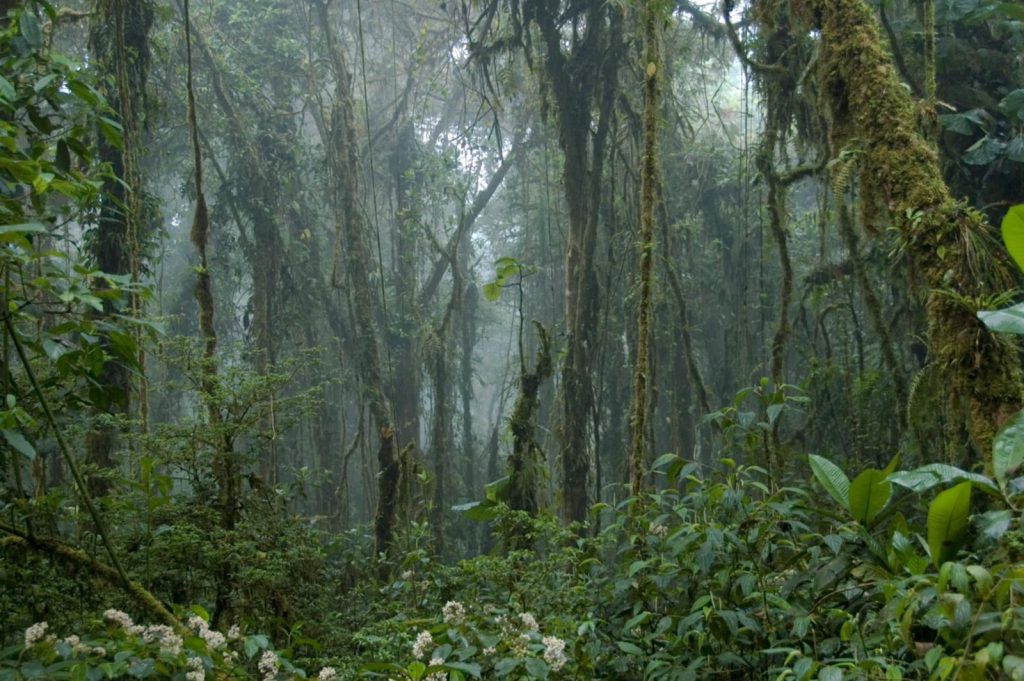
Animals in Cloud Forests
The animal species found in cloud forests are equally diverse.
- Birds: Cloud forests host a remarkable variety of bird species. For example, there are more than 300 bird species found in the cloud forests of Peru itself.
- Mammals: The cloud forest fauna also includes many mammal species as well. For example, the Andean bear, or spectacled bear, mostly inhabits cloud forests.
- Invertebrates: Many insects thrive in cloud forests as their high humidity and diverse plants create ideal conditions for them. These insects play important roles in pollination and cycling nutrients within these cloud forest ecosystems.
- Amphibians and Reptiles: Cloud forests provide habitats for various amphibians and reptiles, including many frog species that need moist environments for breeding.
Endemism and Adaptations
Cloud Forests show high levels of endemism in their plant and animal species due to their isolation caused by the rugged mountain terrains they are found in.
Many plant and animal species in cloud forests have evolved to have special characteristics to survive and take advantage of their specific microhabitats.
Benefits of Cloud Forests
Now let’s look into the benefits of these unique ecosystems.
Environmental Benefits
Cloud forests’ contribution to the natural water cycle as they capture water from the clouds is significant.
This process, called “cloud stripping,” improves groundwater supplies and maintains stream flows.
Studies have shown that cloud forests can increase the effective rainfall during dry seasons too.
These forests help mitigate climate change too, as their dense vegetation absorbs significant amounts of carbon dioxide from the atmosphere.
The root systems of cloud forest trees help hold the soils on steep slopes in place, reducing erosion and landslides.
This protects waterways from sedimentation too, ensuring cleaner water for both wildlife and human populations.
Cultural and Economical Benefits
Many native communities who live around cloud forests rely on them for resources such as timber, food, water, and natural medicines.
Cloud forests are often part of the culture and spiritual practices of local populations too.
The enchanting beauty and biodiversity of cloud forests make them ideal ecotourism destinations.
Responsible tourism can generate income for local communities as well as for conservation efforts.
Cloud forests contribute to generating hydropower too, by capturing water from clouds and providing some of it to the flowing hillside waterways that are used to operate the turbines.
These mountain water streams nurtured by cloud forests help the agricultural practices in surrounding lowland areas too.
Threats to Cloud Forests
Despite their indispensable value, cloud forests face many threats that compromise their existence.
Impacts of Climate Change
One of the most serious threats to cloud forests is climate change, particularly global warming.
As temperatures rise, the balance of moisture and humidity that sustains cloud forests is disrupted.
Studies show that by 2060, changes in temperature and humidity levels can cause a considerable portion of cloud forests to dry out.
Climate change can also change cloud patterns, making clouds disperse or move to higher altitudes.
This reduces the moisture available to cloud forests, which depend on clouds and fog for water.
This loss of cloud cover can diminish plant growth and make wildlife populations vulnerable.
Extreme weather events are becoming more frequent and intense due to climate change.
These extreme events, like hurricanes, can disrupt cloud forests by uprooting trees and changing forest structure.
Such disturbances can have long-lasting impacts on cloud forest health and biodiversity.
Human Activities
Deforestation caused by agricultural expansion, logging, industrial and urban development is another significant threat to cloud forests.
Cloud forests are often cleared for agricultural practices or timber production, despite their ecological importance.
According to studies, approximately 8% of cloud forests have been lost over the past two decades due to human activities.
Even protected areas are not safe, as illegal logging and land conversion continue, disrupting these sensitive ecosystems.
Conservation of Cloud Forests
Cloud forests must be protected and sustained for the overall well-being of the Earth’s environment.
Let’s look into some key approaches to conserving cloud forests.
Protected Areas and Reserves
Establishing protected areas is one of the most effective ways to conserve cloud forests.
Many countries have designated cloud forests as national parks or nature reserves, restricting harmful activities and promoting conservation.
Recognizing cloud forests as biodiversity hotspots can help prioritize conservation attempts.
Restoration Projects
There are restoration initiatives aiming to rehabilitate disrupted cloud forest areas and restore their original conditions.
These attempts often focus on removing invasive alien species and reintroducing native species too.
Restoration projects also involve planting native tree species in disrupted cloud forest areas to restore to improve the health of these ecosystems.
Community Involvement
Getting the local communities around cloud forest areas involved in their conservation is crucial.
Educational programs to make these communities understand the value of these precious ecosystems are an important part of that.
Guiding local communities in sustainable agricultural practices helps reduce the impact of cloud forests.
Promoting ecotourism can encourage local communities to protect cloud forests too.
Ecotourism provides these communities opportunities to earn, and they will be inclined to protect these ecosystems as they are a source of income for them.
Research and Monitoring
Continuous research is essential for understanding cloud forest ecosystems and planning conservation strategies.
Regularly monitoring plant and animal populations in cloud forest ecosystems helps assess their health.
Studying how climate change affects cloud forest structures and functions is crucial for planning adaptation strategies.
Policies and Legislation
Policies that support cloud forest conservation are essential for their long-term protection.
Strong environmental laws can help protect cloud forests from disruptive activities such as illegal logging and land conversion.
Policymakers and legislators must be made aware of the ecological importance of cloud forests for policies, rules, and regulations to protect them to be established.
Collaboration between countries is also vital for addressing issues affecting cloud forests.
Conclusion
Cloud forests are tropical and subtropical forests with low-level clouds hanging around the canopies and high humidity, found at elevations of 1,000 to 2,500 meters.
They get their water from the condensation from the clouds.
The trees of cloud forests grow shorter and gnarled.
There are lots of epiphytes, mosses, and lichen in clcloud forests, as well as dense underbrushes.
These forests host great biodiversity, including many endemic birds, mammals, amphibians, and invertebrates.
They play a crucial role in regulating the water cycle and absorbing carbon dioxide and also provide cultural and economic benefits to local communities.
However, cloud forests face threats from climate change and human activities.
Conservation attempts include establishing protected areas, engaging local communities, restoration projects, continuous research, and establishing policies, laws, and regulations to protect them.

